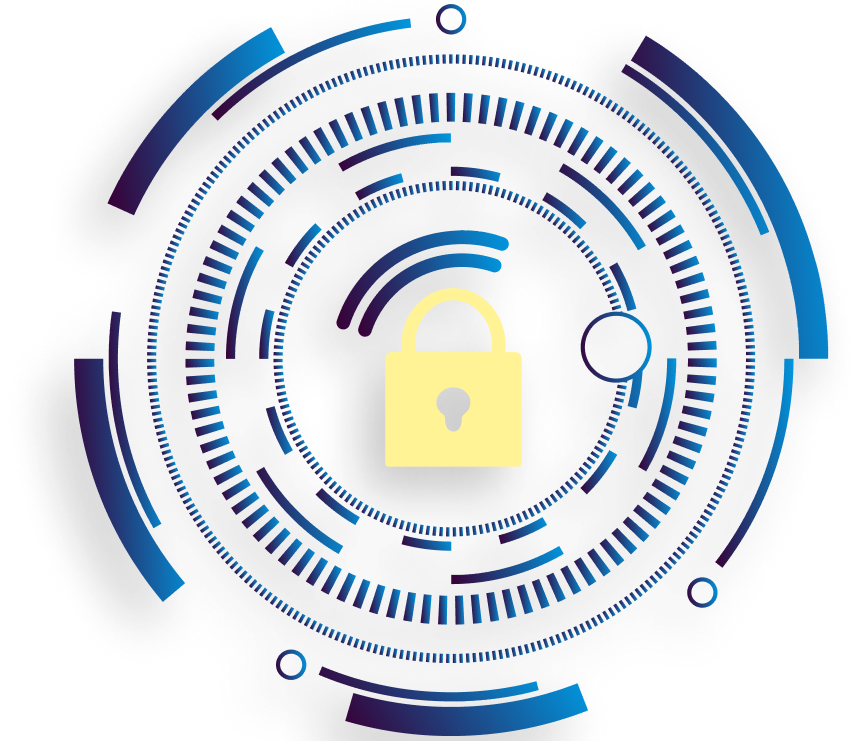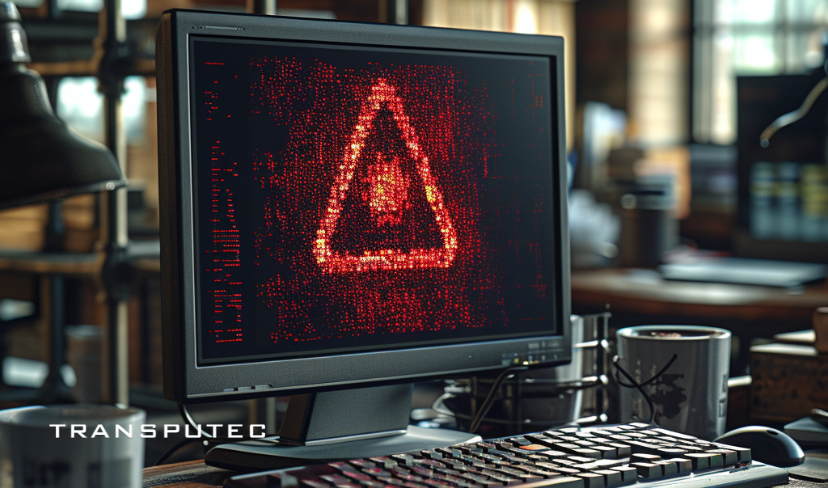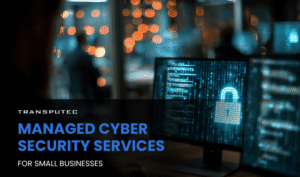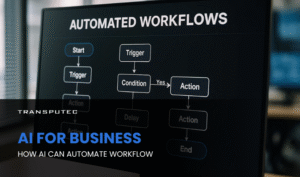Written by SONNY SEHGAL | CEO
Data is the lifeblood of businesses, and a ransomware attack can be devastating, leading to data loss, financial losses, and reputational damage. Ransomware is a type of malicious software that encrypts files on a computer or network, rendering them inaccessible until a ransom is paid to the attackers. However, paying the ransom is not a guaranteed solution, and it can encourage further attacks. The best approach is to have a robust data recovery plan in place to minimise the impact of a ransomware attack.
At Transputec, we understand the critical need to Recover From Ransomware Attacks swiftly and efficiently. This blog provides comprehensive insights into ransomware recovery, showcasing our expertise in safeguarding your data and ensuring business continuity.
What is Ransomware Virus Recovery Service?
Transputec is one of the best providers of ransomware virus recovery services. We offer a ransomware virus recovery service that covers a wide range of ransomware. However, the most crucial thing is protecting and keeping your data secure. We specialise in recovering your computer systems from ransomware viruses.
We offer invaluable assistance and expertise to facilitate swift and effective recovery getting your business back into action.
Understanding Ransomware Attacks
Ransomware is a type of malicious software (malware) designed to block access to a computer system or files until a sum of money, or ransom, is paid. It works by encrypting the victim’s files or locking the entire system, rendering it inaccessible. Once the ransomware has taken hold, the attackers demand payment, usually in cryptocurrency, in exchange for providing the decryption key or unlocking the system. Ransomware attacks can have severe consequences, ranging from financial losses to data breaches and operational disruptions.
Ransomware attacks have become increasingly sophisticated and widespread, targeting individuals, small businesses, and large corporations alike. According to a report by Cybersecurity Ventures, the global cost of ransomware attacks is expected to reach $265 billion by 2031, up from $20 billion in 2021. This staggering increase highlights the urgency of implementing effective data recovery strategies.
Removing a ransomware virus from a computer is not an easy process and requires the skills of qualified and experienced professionals. If your computer or laptop has been infected with ransomware and your data has been encrypted, Transputec can help restore your data, perform the forensics and help you manage the process of recovery.
“To prevent costly and disruptive ransomware attacks, it’s important to implement a zero-trust approach. This involves using effective endpoint threat detection to proactively manage cybersecurity risks in real time, identify zero-day vulnerabilities, and minimise the impact of ransomware attacks with anti-ransomware protection software. This approach helps detect and respond to ransomware threats, ensuring quick recovery from such attacks and maintaining business continuity."
How Does a Ransomware Attack Unfold?
Ransomware attacks typically start with a phishing email or a compromised website. Once the malicious software infiltrates the system, it rapidly encrypts files, rendering them inaccessible. Attackers will also aim to exfiltrate valuable data that could be sold for $ on the dark web. Once they have managed to get this data from your environment, then they begin the ransomware process and demand a ransom in exchange for the decryption key. It is crucial to act quickly to recover data from a ransomware attack to minimise downtime and financial loss. A ransomware attack typically unfolds through the following stages:
Initial Infection
The ransomware gains initial access to a victim’s system or network, often through phishing emails with malicious attachments or links, exploitation of software vulnerabilities, or compromised websites/ads (drive-by downloads).
Lateral Movement
Once inside, the ransomware attempts to spread laterally across the network by exploiting vulnerabilities, stealing credentials, and moving from system to system. This allows it to infect and encrypt as many files and systems as possible.
Data Encryption
The ransomware identifies and encrypts valuable data files on the infected systems, rendering them inaccessible to the victim. Some strains also exfiltrate data before encrypting it as an additional extortion tactic.
Ransom Demand
After encrypting the files, the attackers display a ransom note demanding payment, typically in cryptocurrency, in exchange for a decryption key to unlock the files. The ransom amounts can range from a few hundred dollars for individuals to millions for large organisations.
Negotiation and Payment
Victims are often given a deadline to pay the ransom, with threats of increased ransom amounts or permanent data loss if they fail to comply. Some attackers engage in negotiation over the ransom amount.
Data Recovery (or Not)
If the ransom is paid, the attackers may or may not provide a working decryption tool, leaving victims without guaranteed data recovery. If not paid, the encrypted data remains inaccessible.
Proactive Measures to Prevent Ransomware Attacks
While it’s impossible to completely eliminate the risk of a ransomware attack, there are several proactive measures you can take to reduce the likelihood and impact of such an attack:
1. Regular Data Backups:
Implement a robust data backup strategy, including both on-site and off-site backups. Ensure that backups are performed regularly and tested periodically to ensure their integrity and to ensure you have either an air-gapped or immutable ( unchangeable ) backup.
2. Software Updates and Patches:
Keep all software, operating systems, and applications up-to-date with the latest security patches and updates. Outdated software is a common entry point for ransomware attacks.
3. Employee Training:
Educate your employees on cybersecurity best practices, including how to identify and avoid phishing attempts, which are a common vector for ransomware infections.
4. Access Controls:
Implement strict access controls and limit user privileges to only what is necessary for their job functions. This can help contain the spread of ransomware if an infection occurs.
5. Endpoint Protection:
Deploy advanced endpoint protection solutions that can detect and prevent ransomware infections in real time.
Learn how to protect your Business with Transputec
Connect us today for our free consultation!
Recovering Data From a Ransomware Attack
Despite your best efforts, a ransomware attack may still occur. In such cases, it’s crucial to have a well-defined data recovery plan in place. Here are some steps you can take to recover data from a ransomware attack:
1. Isolate the Infected Systems
As soon as you detect a ransomware infection, immediately isolate the affected systems from the network to prevent the ransomware from spreading further. This can be done by disconnecting the infected systems from the network or disabling their network connections.
2. Identify the Ransomware Strain
Identifying the specific ransomware strain can help you determine the best course of action for data recovery. Some ransomware strains may have known decryption tools or vulnerabilities that can be exploited to recover data without paying the ransom.
3. Restore From Backups
If you have recent, reliable backups, restoring from these backups is often the most effective way to recover data from a ransomware attack. However, it’s essential to ensure that the backups themselves are not infected with ransomware before attempting a restore.
4. Seek Professional Assistance
In some cases, recovering data from a ransomware attack may require specialised expertise and tools. Consider seeking assistance from professional data recovery services, such as Transputec, which have the necessary experience and resources to handle complex ransomware incidents effectively.
Transputec Helps You to Recover From Ransomware Attacks
Transputec is a trusted partner for businesses in need of ransomware recovery solutions. As a leading provider of cybersecurity services, we offer a comprehensive range of services to help organisations recover from ransomware attacks effectively. Our ransomware recovery services include:
1. Emergency Data Recovery:
Transputec has a dedicated team of experts who can respond swiftly to ransomware incidents, providing emergency data recovery assistance to minimise downtime and data loss.
2. Ransomware Analysis and Decryption:
Their cybersecurity specialists can analyse the specific ransomware strain and employ advanced techniques to decrypt encrypted files, potentially recovering data without paying the ransom.
3. Forensic Investigation and Incident Response:
Transputec conducts thorough forensic investigations to determine the scope and extent of the ransomware attack, identify the attack vectors, and implement measures to contain and mitigate the incident.
4. Data Backup and Disaster Recovery Planning:
Transputec assists organisations in establishing robust backup and recovery strategies, ensuring that reliable backups are available to restore data and systems in the event of a ransomware attack.
5. Security Hardening and Vulnerability Remediation:
After the recovery process, Transputec’s experts assess the organisation’s security posture, identify vulnerabilities, and implement robust defences to safeguard against future ransomware attacks.
With our proven methodologies, state-of-the-art facilities, and experienced cybersecurity team, we ensure that data is recovered with the highest levels of accuracy and security. We prioritise compliance with industry regulations and data protection standards, offering expertise in areas such as GDPR and regional compliance requirements.
Conclusion
Ransomware attacks can have devastating consequences for businesses, but with the right preparation and response strategies, you can minimise the impact and recover your data effectively. By implementing proactive measures, such as regular backups, software updates, employee training, and advanced security solutions, you can reduce the risk of a successful ransomware attack.
However, if an attack does occur, it’s crucial to act quickly and follow a well-defined data recovery plan. Seeking professional assistance from experienced data recovery providers like Transputec can significantly increase your chances of successful data recovery and minimise downtime and financial losses.
Don’t let a ransomware attack cripple your business. Contact Transputec today to speak with one of our experts and get started on developing a comprehensive data recovery strategy tailored to your organisation’s needs.

Secure Your Business!
Ready to protect your organisation from ransomware?
Schedule a call with our team of experts at Transputec.
FAQs
What is ransomware, and how does it work?
Ransomware is a type of malicious software that encrypts files on a computer or network, rendering them inaccessible until a ransom is paid to the attackers. It typically spreads through phishing emails, malicious websites, or exploiting software vulnerabilities.
How can I prevent a ransomware attack?
Implementing regular data backups, keeping software up-to-date, providing employee cybersecurity training, enforcing access controls, and deploying advanced endpoint protection solutions can significantly reduce the risk of a successful ransomware attack.
What should I do if my system is infected with ransomware?
If you suspect a ransomware infection, immediately isolate the affected systems from the network to prevent further spread. Identify the ransomware strain and seek professional assistance from data recovery experts like Transputec.
Can I recover data without paying the ransom?
In some cases, it may be possible to recover data without paying the ransom, either by restoring from backups or exploiting vulnerabilities in the ransomware strain. However, this requires specialised expertise and tools, and professional assistance is recommended.
How can Transputec help with ransomware recovery?
Transputec offers comprehensive ransomware recovery services, including emergency data recovery, ransomware analysis and decryption, forensic investigation, and data backup and disaster recovery planning. Our team of experts uses advanced techniques and tools to recover data effectively and securely.







